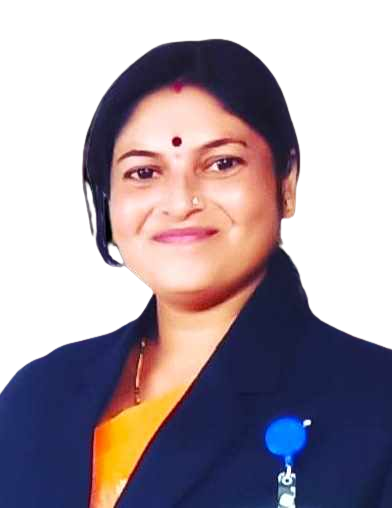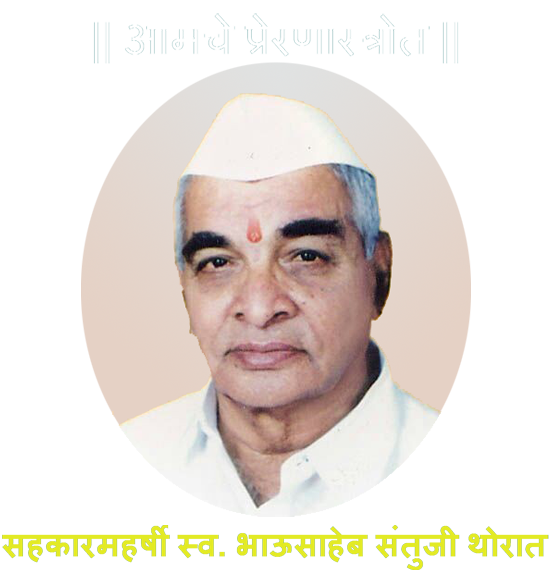Yoga
About Yoga
The term "yoga" comes from a Sanskrit word meaning "union." Yoga combines physical exercises, mental meditation, and breathing techniques to strengthen the muscles and relieve stress. Yoga originated in ancient India and is considered one of the longest surviving philosophical systems in the world. Some scholars have estimated that yoga is as old as 5,000 years. The yoga philosophy maintains that the breath is the most important facet of health, as the breath is the largest source of "prana," or life force, and hatha yoga uses "pranayama," which literally means the science or control of Breathing
A typical hatha yoga
routine consists of a sequence of physical poses, called asanas, and the
sequence is designed to work all parts of the body, with particular emphasis on
making the spine supple and increasing circulation. Each asana is named for a
common thing it resembles, like the sun salutation, cobra, locust, plough, bow,
eagle, tree, and the head to knee pose, to name a few. Poses named after
animals are especially appealing to children, and children's yoga programs
focus on those poses that mimic animals and trees. Each pose has steps for
entering and exiting it, and each posture requires proper form and alignment. A
pose is held for some time, depending on its level of difficulty and one's
strength and stamina, and the instructor cues participants when to inhale and
exhale at certain points in each posture, as breathing properly is a
fundamental aspect of yoga postures. Breathing should be deep and through the
nose. Mental concentration in each position is also very important, which
improves awareness, poise, and posture. During yoga routine there is often a
position in which to perform meditation, called dyana, if deep relaxation is
one of the goals of the sequence.
Importance of yoga
· Physical
· o Improved body flexibility and balance
o Improved
cardiovascular endurance (stronger heart)
o Improved
digestion
o Improved
abdominal strength
o Enhanced
overall muscular strength
o Relaxation
of muscular strains
o Weight
control
o Increased
energy levels
o Enhanced
immune system
· Mental
o Relief of stress resulting from the control of
emotions
o Prevention
and relief from stress-related disorders
o Intellectual
enhancement, leading to improved decision-making skills
· Spiritual
o Life
with meaning, purpose, and direction
o Inner
peace
o Contentment
- Yama: rules for successful
living in society
- Niyama: techniques for
managing and purifying self
· Asaana: posture techniques for physical and mental balance (what most people think of as yoga)
- Pranayama: breathing
techniques for physical and mental balance
- Pratihara: techniques
for detaching the mind from the senses for mental balance and calm
- Dharana: concentration
techniques for mental balance and calm
- Dhyana: meditation
techniques for mental balance and calm
- Samadhi: ultimate
advanced meditation techniques and psychic procedures attained
after regular practice for universal consciousness
- Yama: rules for successful
living in society
Yoga Activities
Committee Member
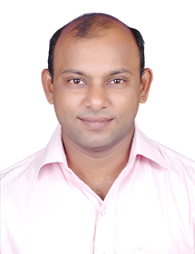
Dr. P. B. Khaire .
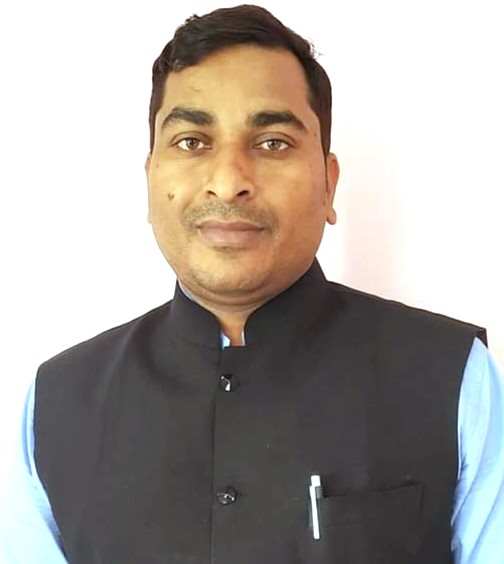
Mr. A. L. Pokale.
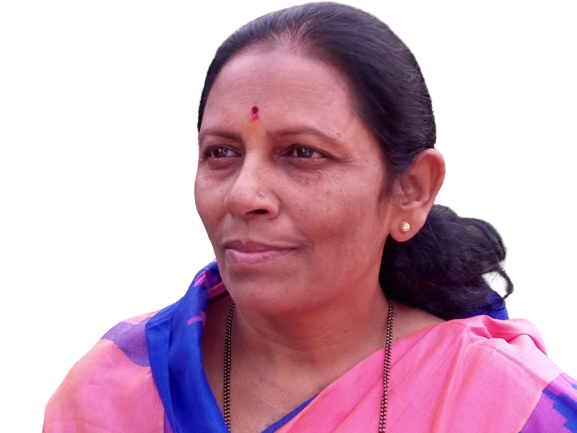
Dr. K. R. Dhakane.
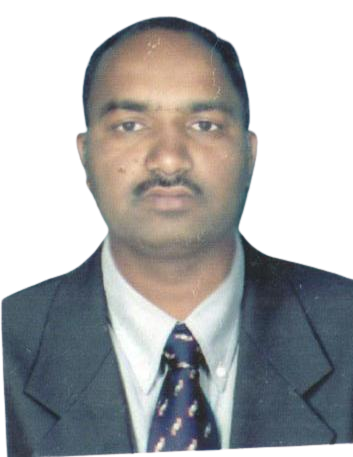
Mr. S. P. Kadlag.
